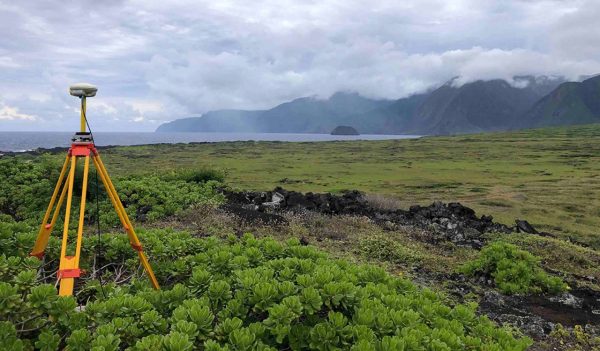Surveying is a critical aspect of engineering, construction, and land management. However, conducting surveys in remote areas presents unique challenges that can complicate data collection and analysis.
From rugged terrain to logistical issues, surveyors must navigate various obstacles to ensure accurate and reliable results. This article delves into the challenges faced during surveying in remote regions and explores innovative solutions to overcome these hurdles.
Challenges of Surveying in Remote Areas
1. Geographic and Environmental Obstacles
Remote areas often encompass harsh and varied terrains, including mountains, dense forests, deserts, and wetlands. These geographic features can significantly hinder access to survey sites. In addition, environmental factors such as extreme weather conditions (e.g., heavy rains, snow, or high winds) can impede surveying operations, making it difficult to maintain equipment and ensure worker safety.
2. Limited Infrastructure
Many remote areas lack adequate infrastructure, such as roads, communication networks, and facilities. This absence of infrastructure poses significant challenges in transporting equipment and personnel to survey locations. The lack of reliable transportation can lead to increased costs and extended project timelines.
3. Technological Limitations
While modern surveying technologies (e.g., GPS, UAVs, and laser scanning) have greatly improved data collection efficiency, their effectiveness can be compromised in remote areas. Factors such as signal loss, battery limitations, and equipment durability must be considered. In addition, the lack of technical support and spare parts in isolated regions can result in downtime, affecting project timelines.
4. Health and Safety Concerns
Surveying in remote locations often exposes workers to health and safety risks. This may include wildlife encounters, difficult working conditions, and limited access to medical facilities in case of emergencies. Ensuring the safety of survey crews is paramount, requiring additional planning and resources.
5. Regulatory and Legal Challenges
Remote areas may be subject to complex legal and regulatory frameworks, particularly concerning land use and environmental protection. Surveyors must navigate these regulations, which can vary significantly between regions, potentially causing delays and requiring additional documentation and permits.
Solutions for Effective Surveying in Remote Areas
1. Pre-Survey Planning and Research
Comprehensive pre-survey planning is essential to address the challenges of remote surveying. Conducting thorough research on the survey area, including topography, weather patterns, and local regulations, can help identify potential obstacles. This information allows surveyors to develop effective strategies for accessing sites and managing risks.
2. Utilizing Advanced Technology
Technological advancements have revolutionized surveying practices. Here are some specific technologies that can enhance surveying efficiency in remote areas:
- Drones (UAVs): Drones equipped with high-resolution cameras and LiDAR systems can collect data from hard-to-reach areas without the need for extensive ground access. UAVs can quickly cover large areas, reducing the time and labor required for traditional surveying methods.
- GNSS (Global Navigation Satellite Systems): High-precision GNSS receivers can provide accurate positioning data, even in challenging environments. These systems are particularly useful for establishing control points in remote areas.
- Mobile Mapping Systems: Mobile mapping units that integrate various sensors (e.g., GPS, LiDAR, and imaging systems) can be mounted on vehicles to facilitate data collection in less accessible regions.
3. Training and Safety Protocols
Investing in training programs for survey crews can enhance safety and efficiency in remote areas. Workers should be well-versed in emergency response procedures and equipped with essential safety gear. Implementing robust safety protocols, such as regular health checks and risk assessments, can help mitigate potential hazards.
4. Establishing Local Partnerships
Collaborating with local organizations, communities, and contractors can provide valuable insights into navigating remote areas. Local partners can offer assistance with logistics, equipment, and knowledge of the terrain, which can improve survey efficiency and reduce operational challenges.
5. Flexible Equipment and Transport Solutions
Using portable and versatile surveying equipment can alleviate some logistical challenges. Lightweight, compact tools can be easily transported to remote locations, while multi-use vehicles (e.g., ATVs or all-terrain vehicles) can provide better access to difficult terrains.
Conclusion
Surveying in remote areas poses significant challenges, but innovative solutions exist to navigate these obstacles effectively.
By leveraging advanced technology, thorough planning, and local partnerships, surveyors can ensure accurate data collection while prioritizing safety and efficiency.
As the demand for surveying services continues to grow, particularly in resource exploration and infrastructure development, addressing these challenges will be crucial for successful project outcomes in remote regions.
Also Read
How to choose the right surveyor for your construction project
Geographic information systems (GIS) in surveying: Enhancing data accuracy

